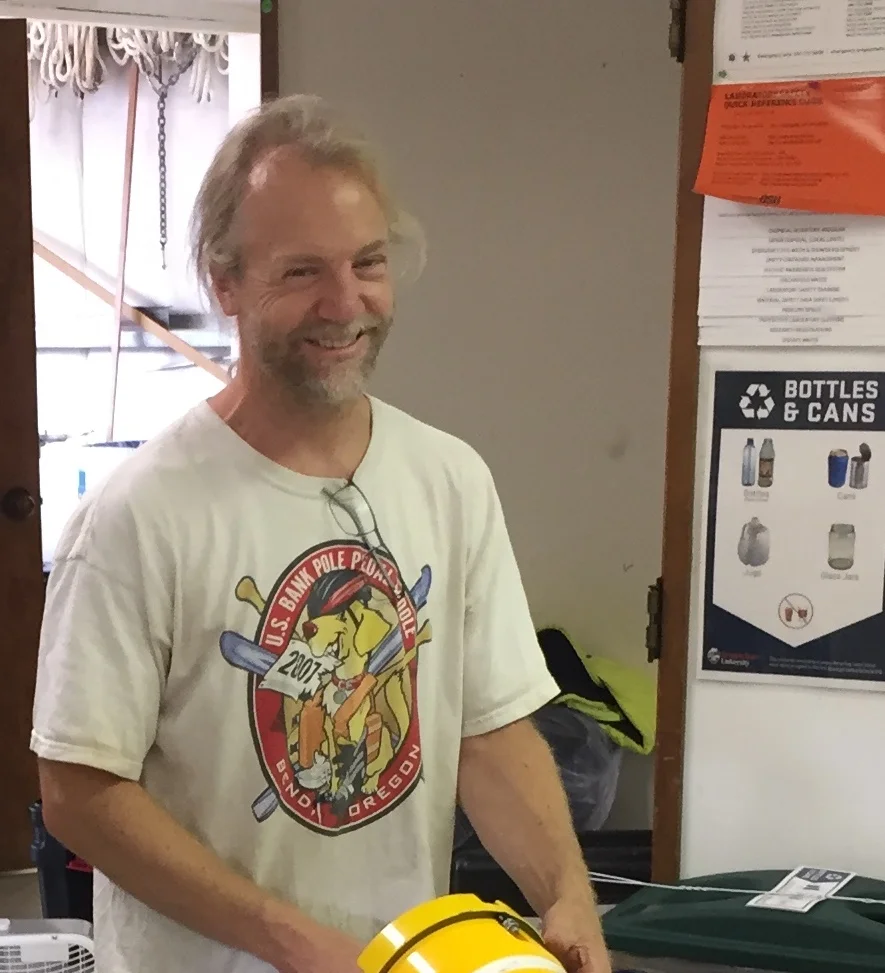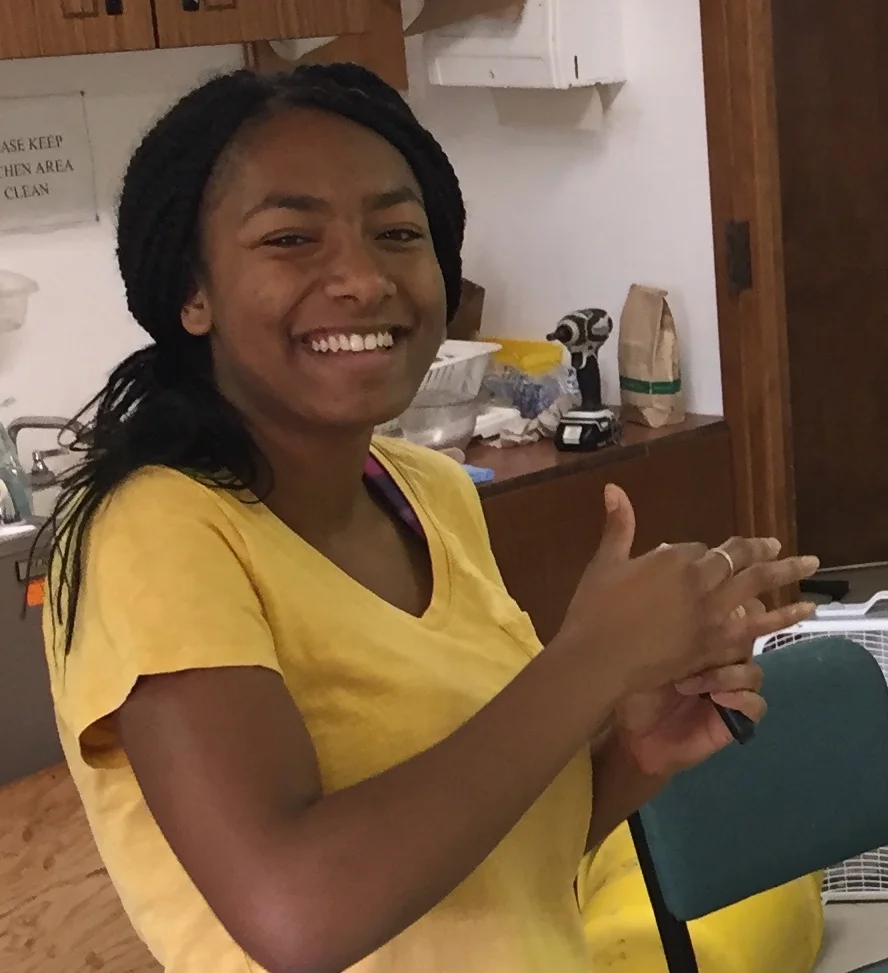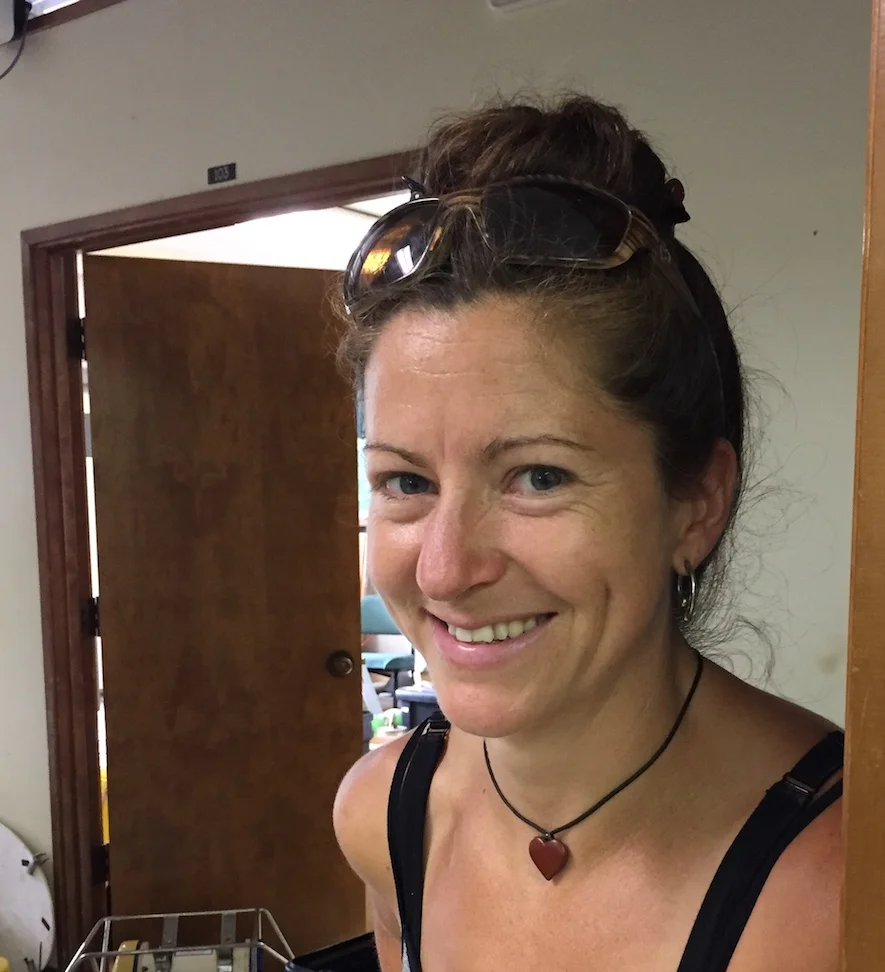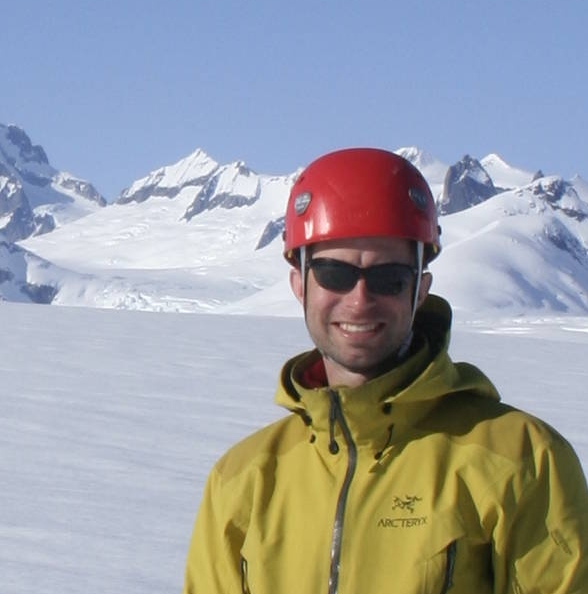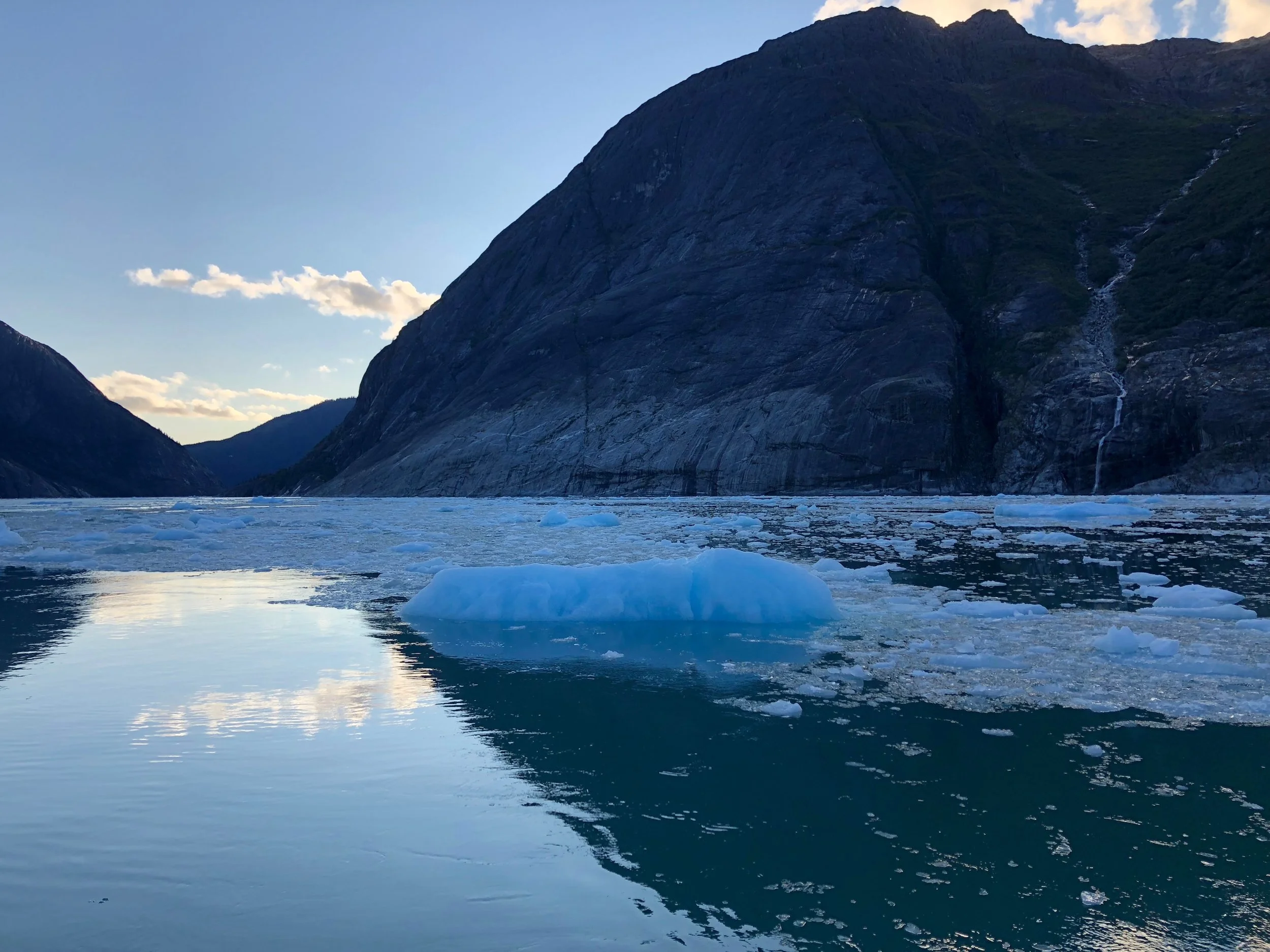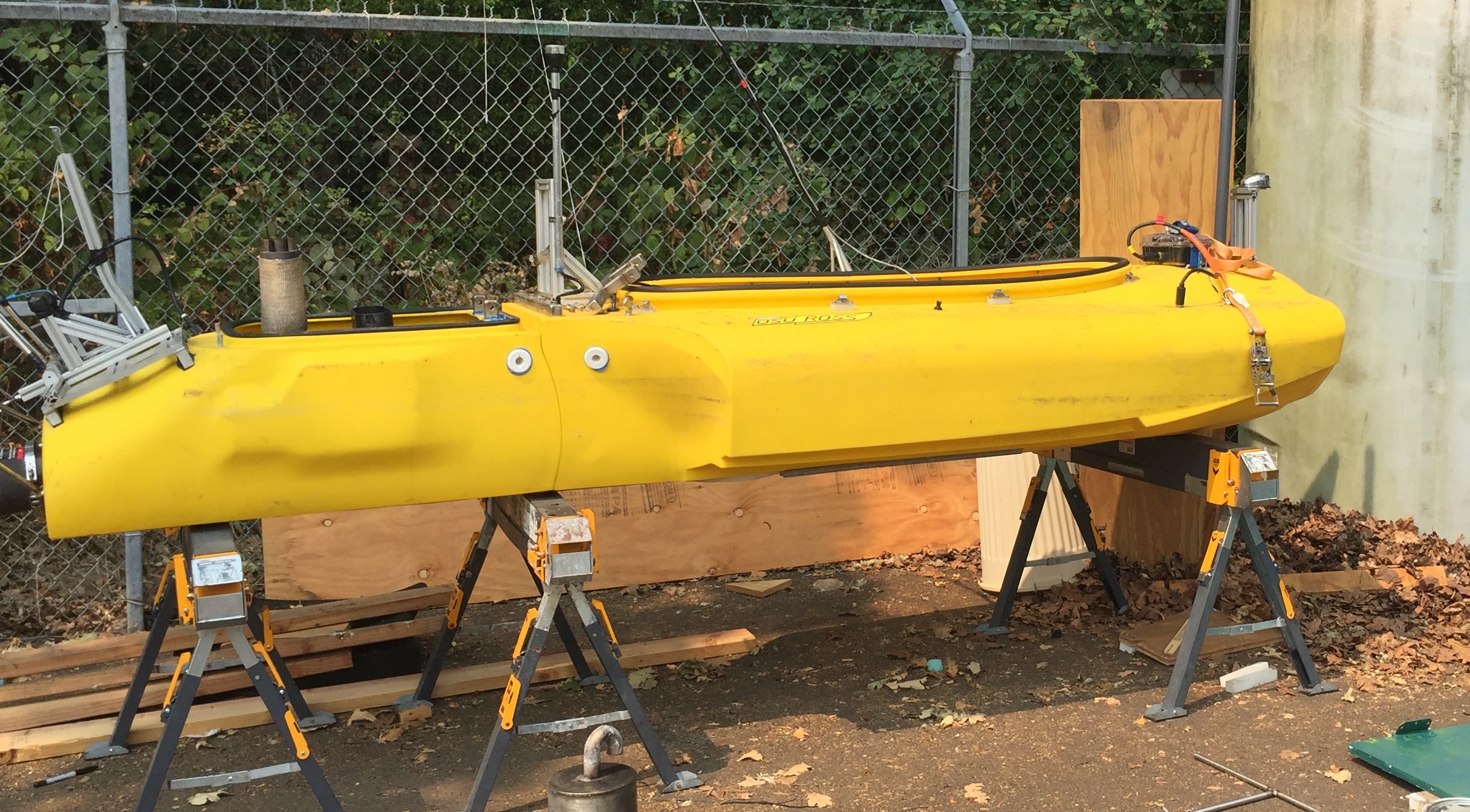Rising Waters and Melting Ice
listening to the interplay between a warming global ocean and rapid glacier retreats
A project supported by the National Geographic Society and the National Science Foundation
Sound can teach us a lot about any environment - the city or the wilderness. We are using sound to understand the flow and fracture, the shrinking and growing of tidewater glaciers where they tumble into the ocean. The crashing of calving events, the sizzle of melting ice, the grumble of sliding ice, and the whoosh of mixing waters.
Listen to the ice…..
Some Background
Retreating glaciers are a dominant source of freshwater into our oceans. This excess freshwater not only causes global sea level to rise but it also modifies global ocean-atmosphere heat balance as well as regional ocean circulation and ecosystem dynamics.
One of the biggest uncertainties in predicting these changes is the interaction between the ice and water at the dynamic and visually striking calving ice cliffs that form as tidewater glaciers meet the ocean water in fjords These ice cliff processes are important because they are highly sensitive to feedbacks between the ocean, ice and atmosphere - but due to the danger of calving events, the ice cliffs can only be observed from a distance or accessed by unmanned remotely operated vehicles.
The Robotic Ocean Surface Explorer is an unmanned powered kayak that we developed at Oregon State University to sample regions too dangerous for us to go. (visit the OSU ROSE page)
Capturing the physics at the foot of a calving glacier has similar challenges as probing the Marianas Trench, black smokers, and volcanic craters, which each push the limits of human scientific exploration. Capturing the physics at the foot of a calving glacier has similar challenges. It has never been more important than it is today to explore this frontier - both because it is so important to the climate system, and because it is changing so rapidly.




